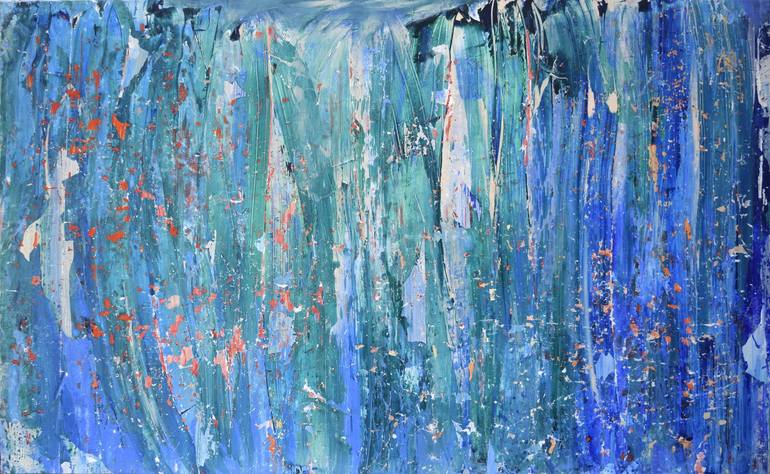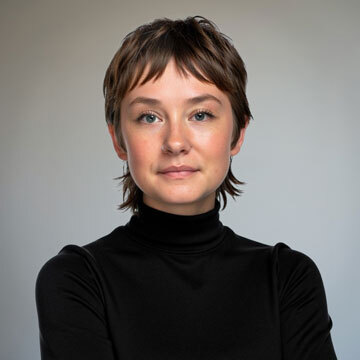






78 Views
8
View In My Room
Painting, Acrylic on Canvas
Size: 51.3 W x 31.6 H x 0.1 D in
Ships in a Box
$3,250
Shipping included
14-day satisfaction guarantee
Trustpilot Score
78 Views
8
Artist Recognition

Artist featured in a collection
ABOUT THE ARTWORK
DETAILS AND DIMENSIONS
SHIPPING AND RETURNS
Décollage: Take-off Décalage: Gap Décalcomanie: Decalcomania I think that a gap is a space created by an unplanned, accidental form, by a relationship of power. I tried to make a accidental form that occurred during the décollage process, something not reminiscent of reality, or make a pure fig...
Year Created:
2019
Subject:
Styles:
Mediums:
Painting, Acrylic on Canvas
Rarity:
One-of-a-kind Artwork
Size:
51.3 W x 31.6 H x 0.1 D in
Ready to Hang:
Not Applicable
Frame:
Not Framed
Authenticity:
Certificate is Included
Packaging:
Ships in a Box
Delivery Cost:
Shipping is included in price.
Delivery Time:
Typically 5-7 business days for domestic shipments, 10-14 business days for international shipments.
Returns:
14-day return policy. Visit our help section for more information.
Handling:
Ships in a box. Artists are responsible for packaging and adhering to Saatchi Art’s packaging guidelines.
Ships From:
South Korea.
Need more information?
Need more information?
Suhyang Seo
South Korea
Her recent works are about the surfaces of painting. The texture, pleat or absorption of canvas makes the image with diverse compositions. Some contrast and differences are made with various attempts at repetitive pattern and ways of drawing, which will create a depth of space and time. (2024) -------------------------- (2022) Her painting is based on the relationship between the abstract image created by the accidental effect and the intentional intervention of the artist. Instead of a specific figure, she let the painting tool speak for itself. The movement of the brush, the flow of color, or the difference in density between colors make an unexpected image. Then, she arranges, separates, or groups these abstract elements so that they communicate with and connect each other in the painting. The arrangement of color is an important element in the artist's intervention. Because in the layer of colors, each color is connected to another color, and it also creates an abstract form that is distinct from the background and other colors. She chooses colors for their suitable position and to give a certain nuance.
Artist Recognition

Artist featured by Saatchi Art in a collection
Why Saatchi Art?
Thousands of
5-Star Reviews
We deliver world-class customer service to all of our art buyers.
Global Selection of Original Art
Explore an unparalleled artwork selection from around the world.
Satisfaction Guaranteed
Our 14-day satisfaction guarantee allows you to buy with confidence.
Support Emerging Artists
We pay our artists more on every sale than other galleries.
